Hirsch’s has been selling and repairing air conditioning units since the company began in 1979. However in 1990 it found it was selling so many units that it decided to set up a division dedicated to selling, installing and repairing air conditioning units – and that is when Hirsch Air was founded. This division has gone on to win awards year on year for being the biggest seller of several makes, including LG and Samsung.

The Hirsch Air team recommends that you service your unit every six months. This will involve routinely replacing or cleaning the filters. Clogged or dirty filters block normal airflow and reduce the system’s efficiency significantly. Replacing a dirty, clogged filter with a clean one can lower your air conditioner’s energy consumption by 15%.
If you’re looking at buying a new air conditioner and want something that is energy-efficient, consider buying inverter aircons that will help you save up to 40% on your energy bill. Incidentally, Hirsch’s will give you a free quote for fitting and installing your aircon in all the centres in which they operate – Gauteng, KZN and the Western Cape.
Thanks to Darren Ramsamy, Hirsch’s Gauteng aircon specialist, for giving us an idea of the difference between inverter and non-inverter air conditioners (the conventional kind).
What are non-inverters?
Once you’ve set your desired temperature on the wall-mounted indoor unit – say 22°C – the outdoor unit starts up and begins the cooling process. This uses more current as the aircon starts up and then continues to run at full speed to create cool gas.
Pipes then carry the cooled gas from the compressor through to the indoor unit, where its fan blows air over the cold heat-exchanger piping into your room, cooling it down.
When the indoor temperature has reached the pre-set level, the outdoor compressor switches off until the temperature inside rises again above the pre-set level – and the whole process repeats itself.
The downside of this on-off process is that it may consume more electrical power than an inverter aircon, especially if you are using your aircon for very long periods in the day.
Non-inverter aircons are less of a capital investment – and they work just fine – but in the long run, they can use more electricity than non-inverters.
How do inverter aircons work? What does the inverter actually do?
The difference with an inverter motor is that it is able to vary its speed as required. It speeds up quickly to get the room temperature down to your desired comfort level, then slows down to an idle-like speed once the pre-set temperature is reached. In contrast, a non-inverter motor runs at only one speed.
The result is that an inverter aircon uses just enough electricity to keep your room at the perfect temperature all the time, speeding up and slowing down as required. And in the process it can save up to 40% on your electricity usage.
Visit www.hirschs.co.za
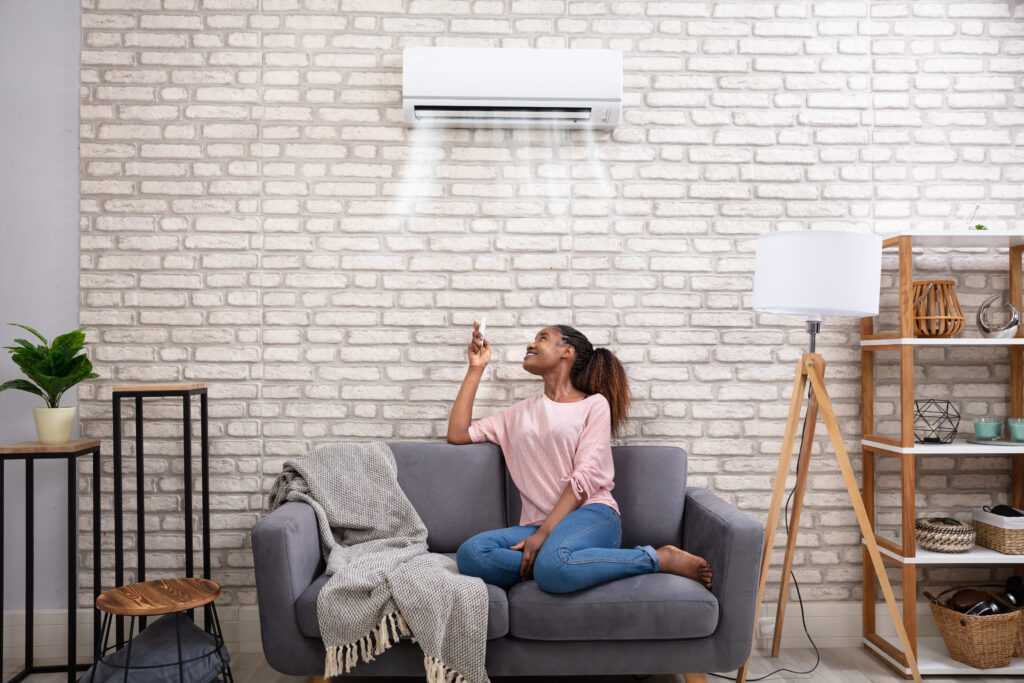




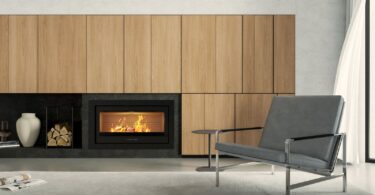
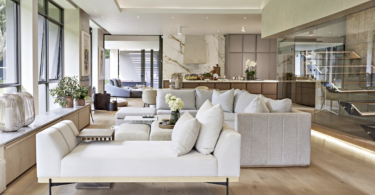
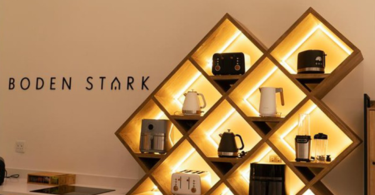
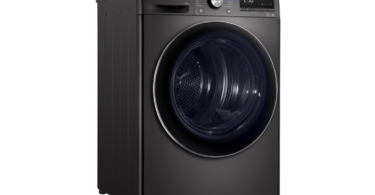


Leave a Comment